Trials & Tribulations
Zwift team time trials are fascinating. I’ve been transfixed and thoroughly entertained by the pre- and post-race chat in our Discord team channels. It’s made me both smile and ruminate – mentally, that is; not the bovine type of ruminating, chewing the cud and producing methane (although that’s often all my thinking does produce) …
People all seem to have different challenges. Some are solo flyers hunting for the win, interested primarily in smashing it and/or smashing themselves. Others seem to lack confidence and are looking for support. Some are new to team time trialling or any form of group riding, virtually or IRL, and are seeking guidance on what to do, how it works, or clarification of the rules. So, I want to share my mental gymnastics as I make an effort to bring things together, build more functional teams, and try to get those wins.
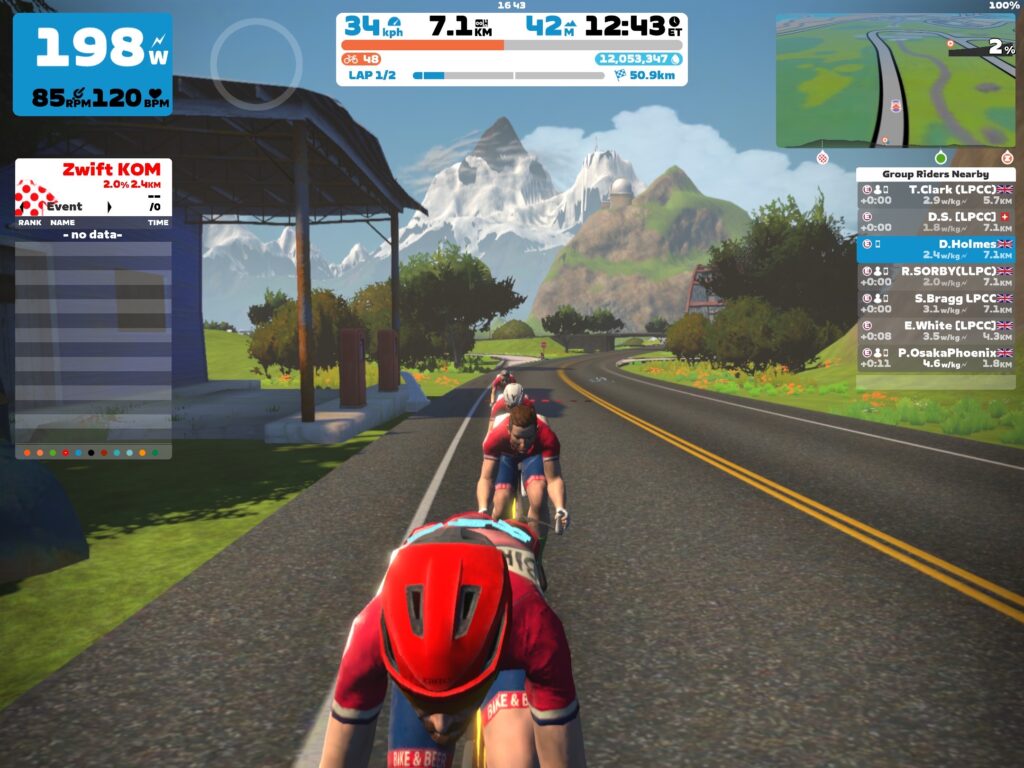
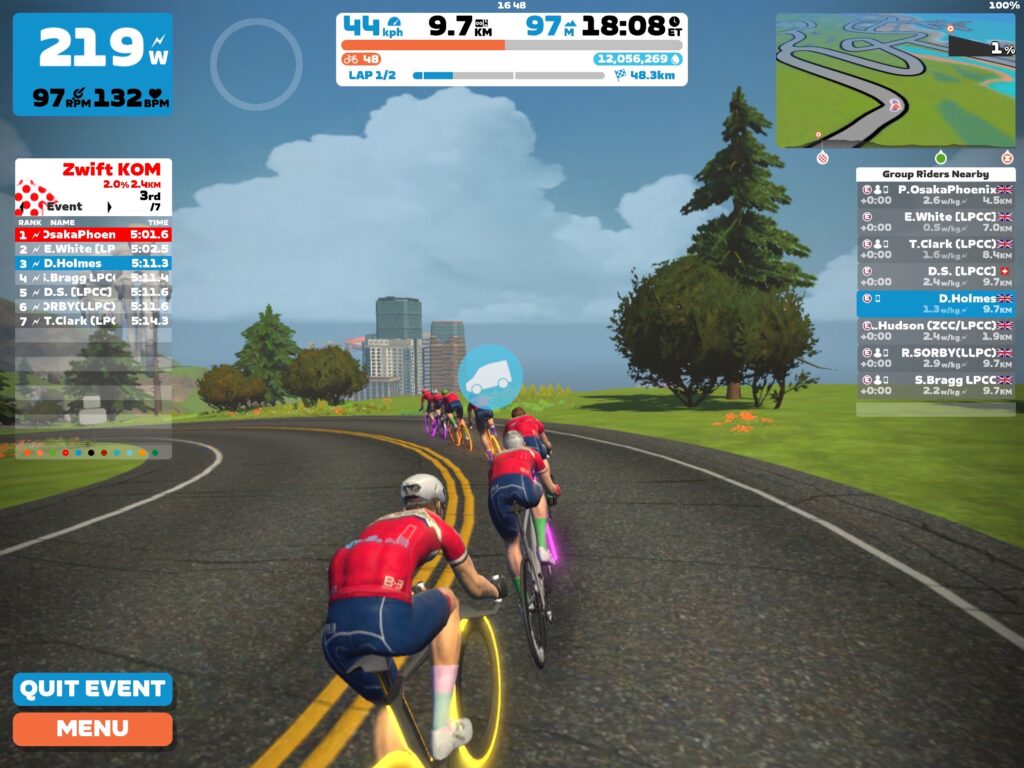
The Spreadsheets
If you scour the internet-of-things, you’ll find finely crafted spreadsheets designed to guide you and your team. They suggest power outputs for each participant based on the rider data entered. They’ll also tell you how long each rider should spend in each position.
What these spreadsheets are
I see two extremely invaluable benefits:
1) They provide a comforting vision. Like burying your face in your mother’s chest. It gives riders something to hang their concerns on pre-race. It also enables them to envision the race and a win. #DareToDream
2) They give everyone something to blame when it goes shit. An old band management saying goes, “Everyone needs someone or something to blame”.
What these spreadsheets aren’t
1) A road map or a plan for a win: Unless all six riders understand the ramifications of the instructions and can execute them, those plans are abandoned the moment the race starts.
2) Doable in any way: Particularly with new, unskilled riders or teams that frequently change. People are not numbers. When you add in all the variables like tech issues and the human condition… you’re f***ked.
The draft effect in Zwift
I’ve no hard data, but based on feedback from others and the third-party application called Source, you see that exploiting the draft is the key to TTT wins. The way to do this is to keep all the riders in the team in as straight a line as possible. This is by no means easy. In fact, it’s more difficult than trying to pacify a raging bull…
Riders obviously need the skills to exploit the draft to the max—live during the race. They need the ability to adapt on the fly to situations as they unfold.
However, this needs practise. Yes, you can enter TTT events and train the skill through racing. Given the challenge of scheduling six people, this is often all you can expect. However, there must be benefit in giving riders the chance to practise those skills in a neutral, non-competitive environment first (IMHO). Perhaps set up your own paceline event and have the teams learn to keep the line, I thought. If it works, open it out as a TTT training event for others on Zwift (queue our new comms sec.).
Putting together a Zwift training ride
So, with some apprehension, I set up an event on Zwift a few days before the teams did their first ZRL TTT of season 3. I was unsure of the take-up and if people would work together. To help with recon, the event was set up using two laps of the race course. 56km in total. Entitled “TTT Skills Session”, I scheduled it for the Sunday before the race at 4:30 p.m. This was the consensus from the people who fed back to me.
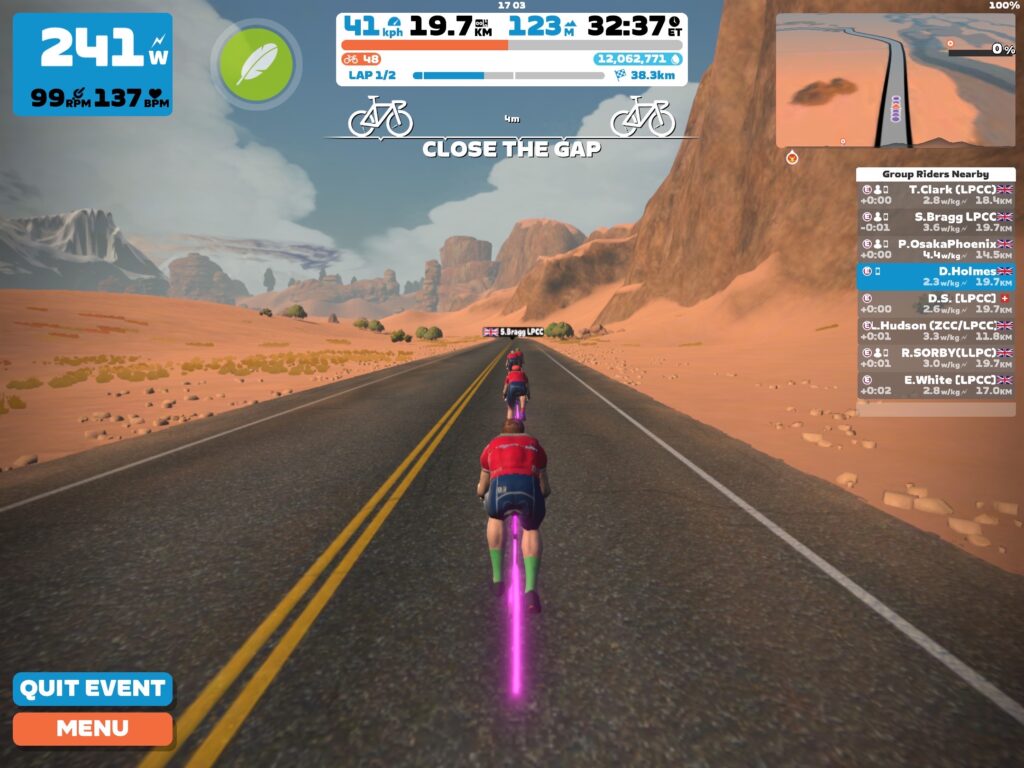
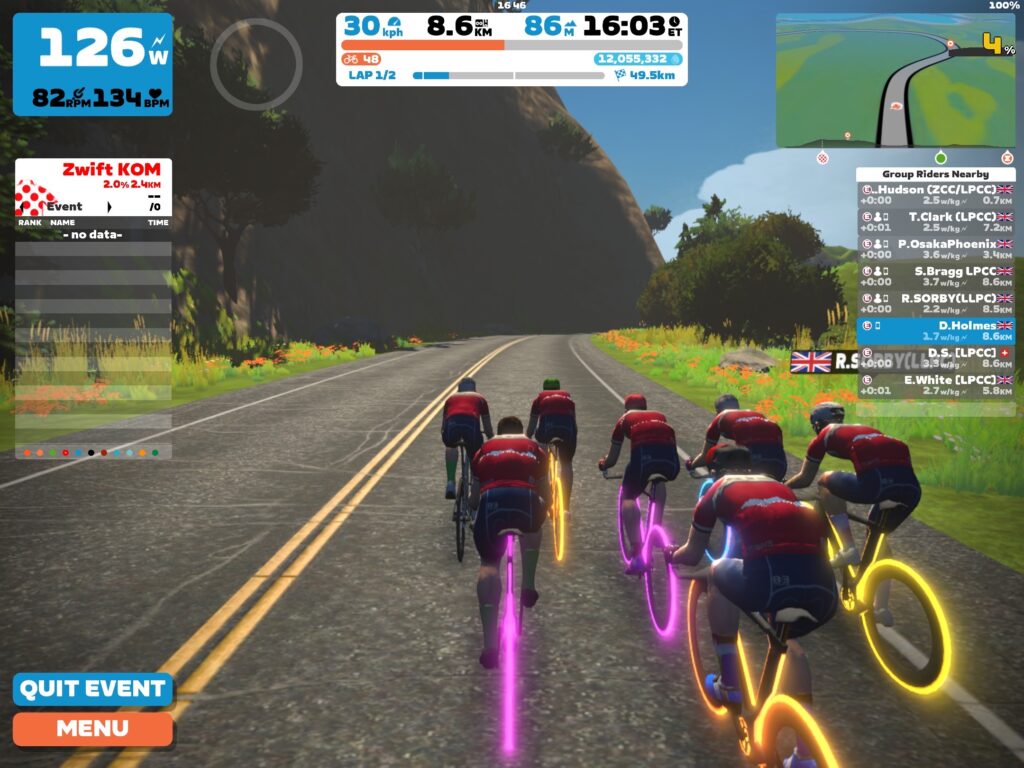
I needn’t have worried. The take-up was good, particularly for a first trial event, with eight riders making it. Also, despite the riders varying abilities, everyone was able and prepared to work together. People also jumped on the Discord comms channel and chatted cheerfully. While having a good laugh, those with more experience gave tips and advice to those new to it. #WinWin
The Zwift TTT challenges
It’s a tricky thing: creating a pace line in Zwift. There’s the delayed response time of your avatar. Then there’s the difficulty of controlling the power to ensure you don’t bunch up or leave a gap that you then have to chase hard to close. If the rider taking over at the front pushes just that little bit too hard, a gap can form behind. This causes the other riders to yo-yo. Even seasoned TTT-ers have difficulty controlling the whole thing.
The conclusion
Only time will tell if running a specific “skills ride” will have a significant effect on the results. But… for building team spirit and giving an introduction for those new to team time trialling on Zwift, I think the idea of practising the essential skills together online in this way will make a world of difference.
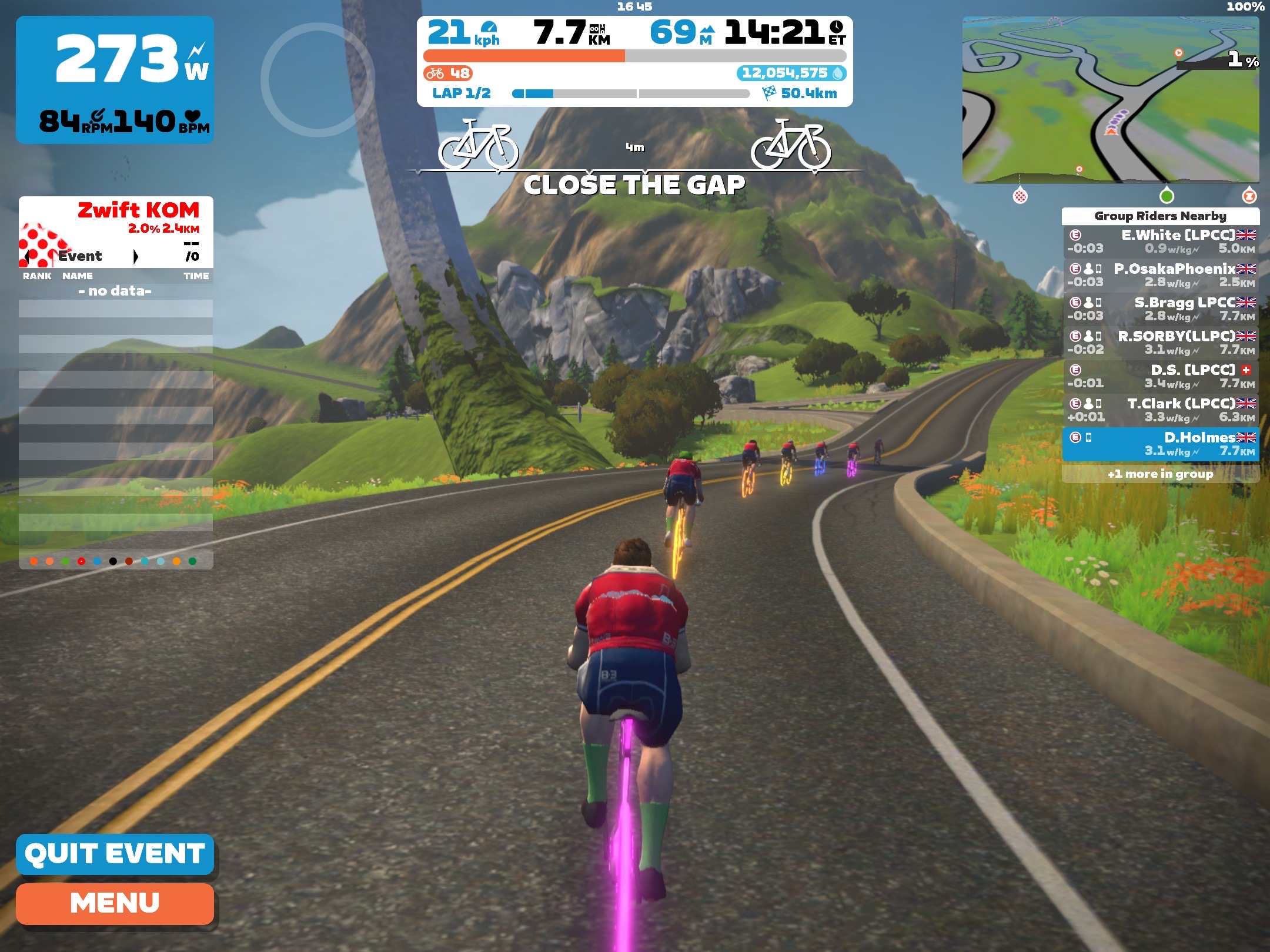
Leave a Reply